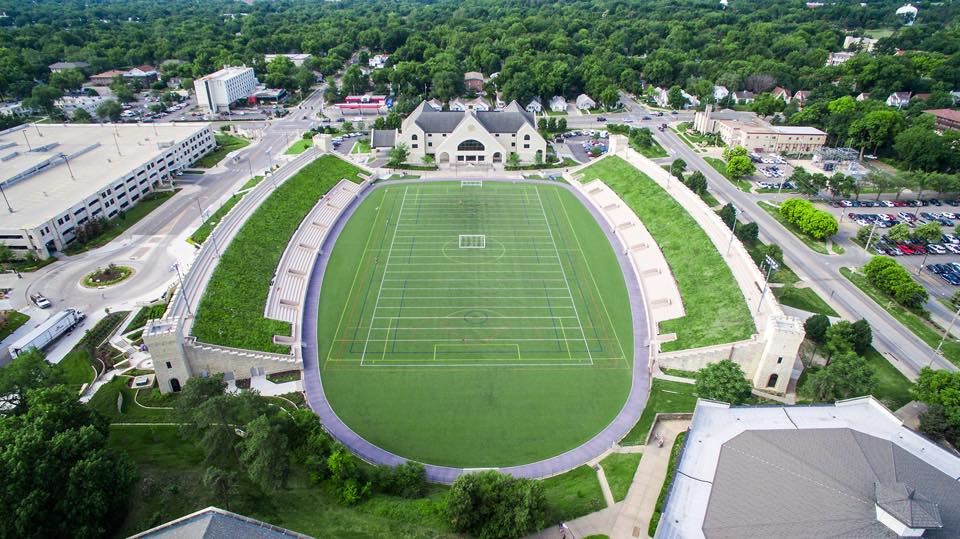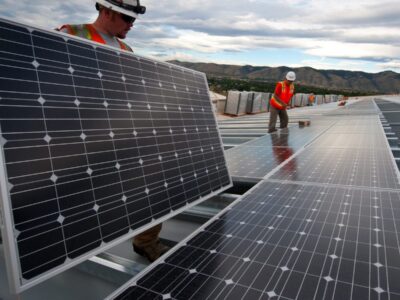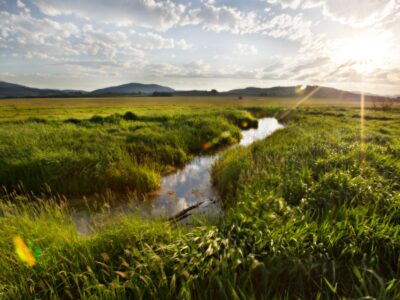The story of the green roofs at Kansas State University’s (KSU) Memorial Stadium spotlights an innovative sustainable landscape project and epic “building recycling.” It’s a story that begins in the 1920s when the university’s newly-built football field was named Memorial Stadium to honor Kansas students who died in World War I. In 1968, KSU football moved to a more modern home, but the school couldn’t tear down the stadium because it was technically a memorial.
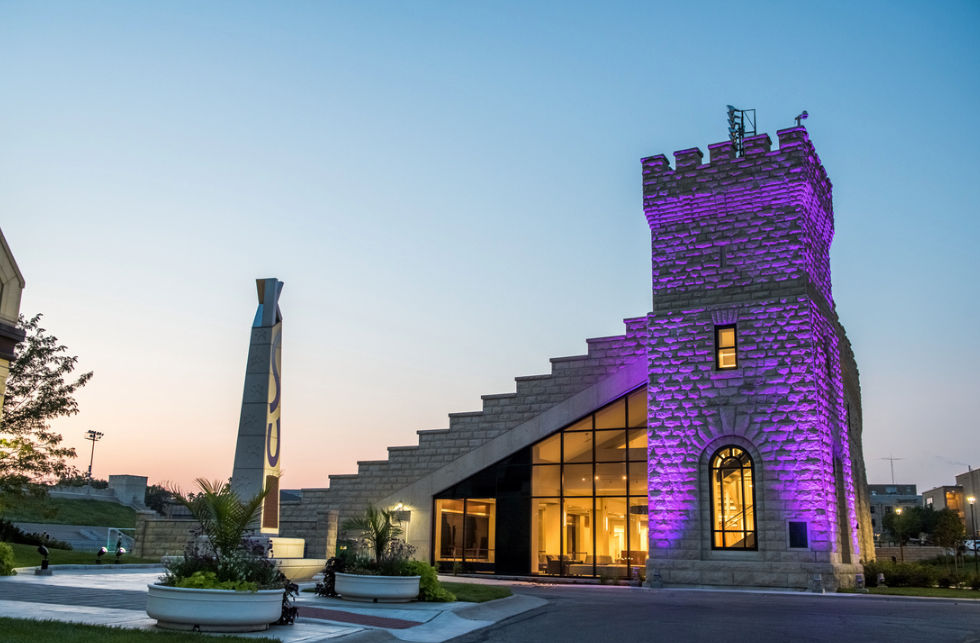
Over the decades, KSU used the stadium in a very hodge-podge way. The field periodically hosted athletic activities and concerts. The buildings below the stands on the stadium’s two wings housed offices, classrooms, and creative spaces but had no defined function.
In the 2010s, the university decided to renovate the interior spaces below the stands and make them more permanent. As part of the stadium’s rehab project, now known as World War I Memorial Stadium, K-State accepted a proposal from its landscape architecture department to create green roofs on the areas where the stands had been on the east and west sides.
The Memorial Stadium green roofs (MSGRs) cover over 43,000 square feet and perform several environmental, economic, and educational roles.
Representing the largest green roof assembly in the state, they are in a central, accessible campus area. Their location promotes sustainability awareness among the public and showcases K-State’s leadership in environmental endeavors.
The roofs also have been a learning tool for more than 1,000 people during their first five years of existence. Ironically, they also limit how many people can be on the sloping green space, formerly the stadium’s seating area. MSGRs’ vegetation and lightweight soil design help protect the stadium’s structural integrity.
A positive environmental impact arose because several regional species were planted on the green roofs — 21 on the east and 26 on the west. Native plants benefit the soil, local wildlife, and the environment. Adding so many local varieties also strengthens the ecological diversity on campus and the surrounding prairies.
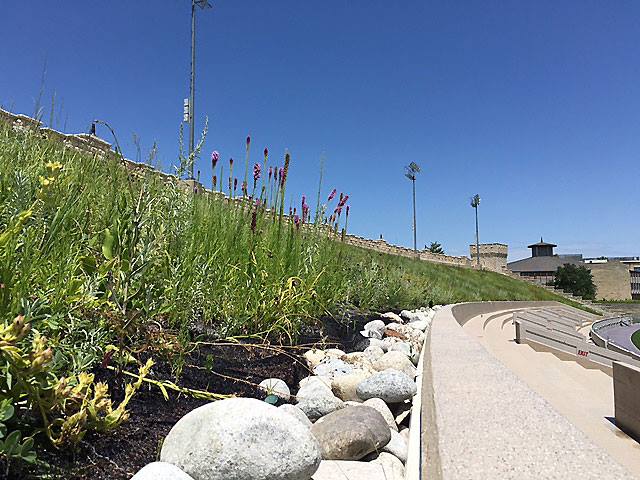
Soil moisture and temperature sensors installed in the MSGRs’ substrate gave researchers crucial data that led to tweaks in the irrigation system, bolstering vegetation health and optimizing water usage. Improvements were found subsequently in two key indicators of a strong soil ecosystem: organic matter and soil biomass. Additionally, the soil graded a 25 on the Adjusted Floristic Quality Index, placing the green roofs in the “quality natural area.”
The native vegetation also acted as an attractive habitat for regional wildlife, such as bees, cotton rats, red-tailed hawks, and rabbits. Perhaps more importantly, they create an appealing place for pollinators — at least 18 butterfly species have been observed among the roofs’ flora.
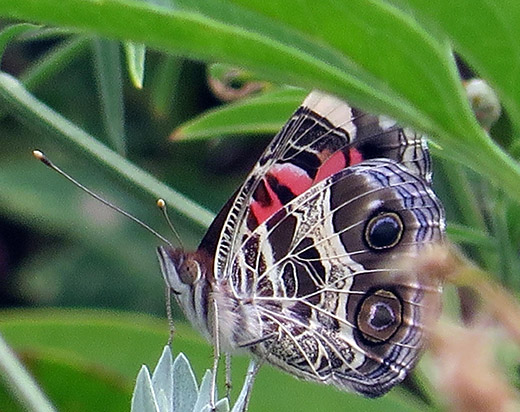
Butterflies are an “indicator species” that can demonstrate whether a habitat is highly viable for pollinators, which are declining. MSGRs also represent a unique testing ground to see how effective urban habitats are for pollinators versus native prairies.
Researchers also looked to discover whether the plant types grown on the MSGRs influence the butterfly types that come there. The initial findings showed positive indications that urban green roofs could serve as much-needed pollinator habitats.
KSU scientists also looked at vegetation management since each roof contains slightly different substrate material. The west side is mainly sandy, while the east side mixes more shale with the sand. Teams observed that certain plants flourished in the west side’s soil while others did better on the east side.
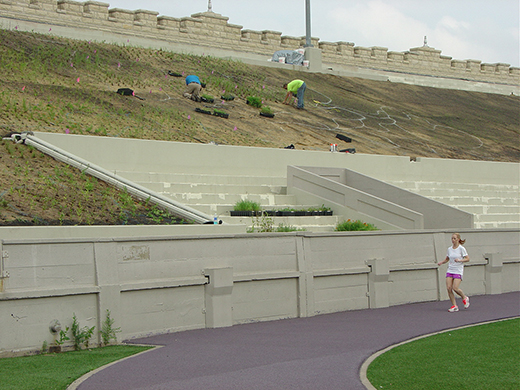
While weeding had a large role in the roofs’ maintenance and research, K-State saved nearly $5,500 in weeding costs because students and faculty volunteered to do this work. The university also lowered potable water usage by an estimated 100,000 gallons between 2017–2020 simply by shutting off irrigation when predicting rain.
The MSGRs’ most significant savings came with energy conservation. Each one uses almost 17,000 fewer kWh a year compared to a standard dark version. It’s also more energy efficient and cost-effective than even the energy-efficient white roofs.
Although it took some years, KSU succeeded in recycling its old football field and turned the stadium into a productive location. The building on the west side is home to the campus’ theater, while the east has offices for student services and the alumni center. The green roofs, meanwhile, stand as the picturesque home for local plants and wildlife, along with being a living research lab, offering benefits to the campus, the local community, and the world at large.

